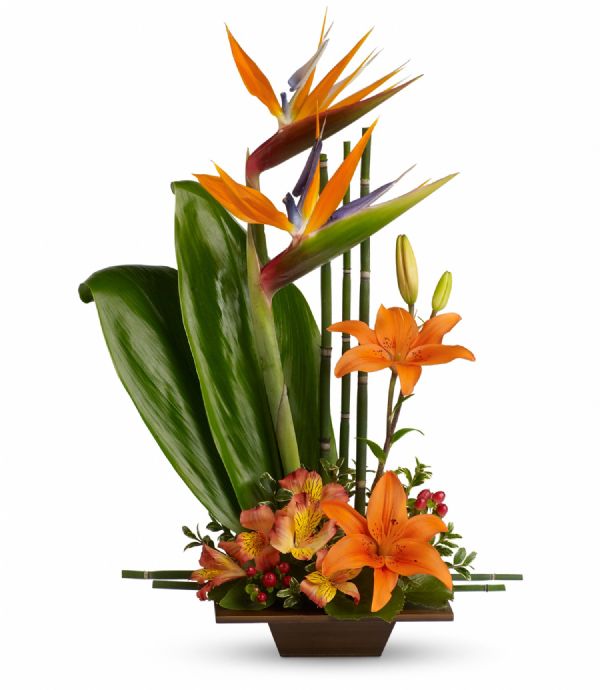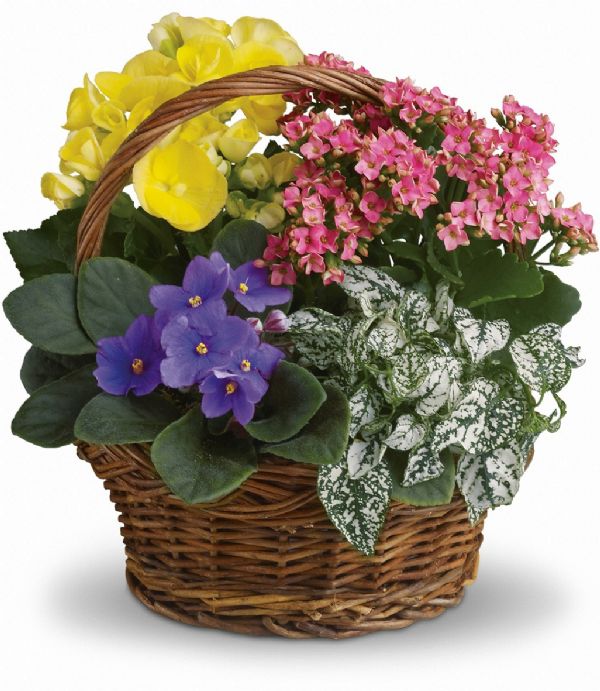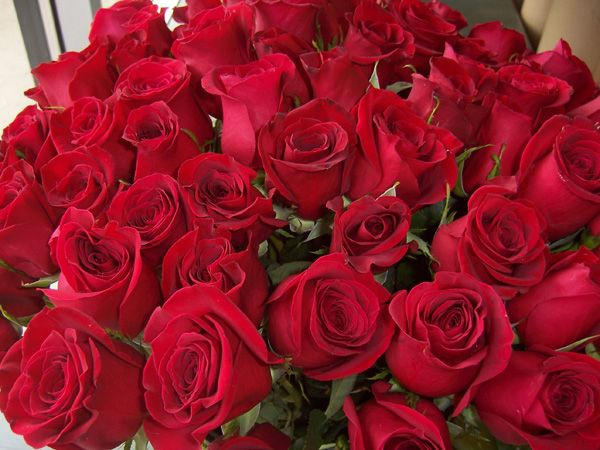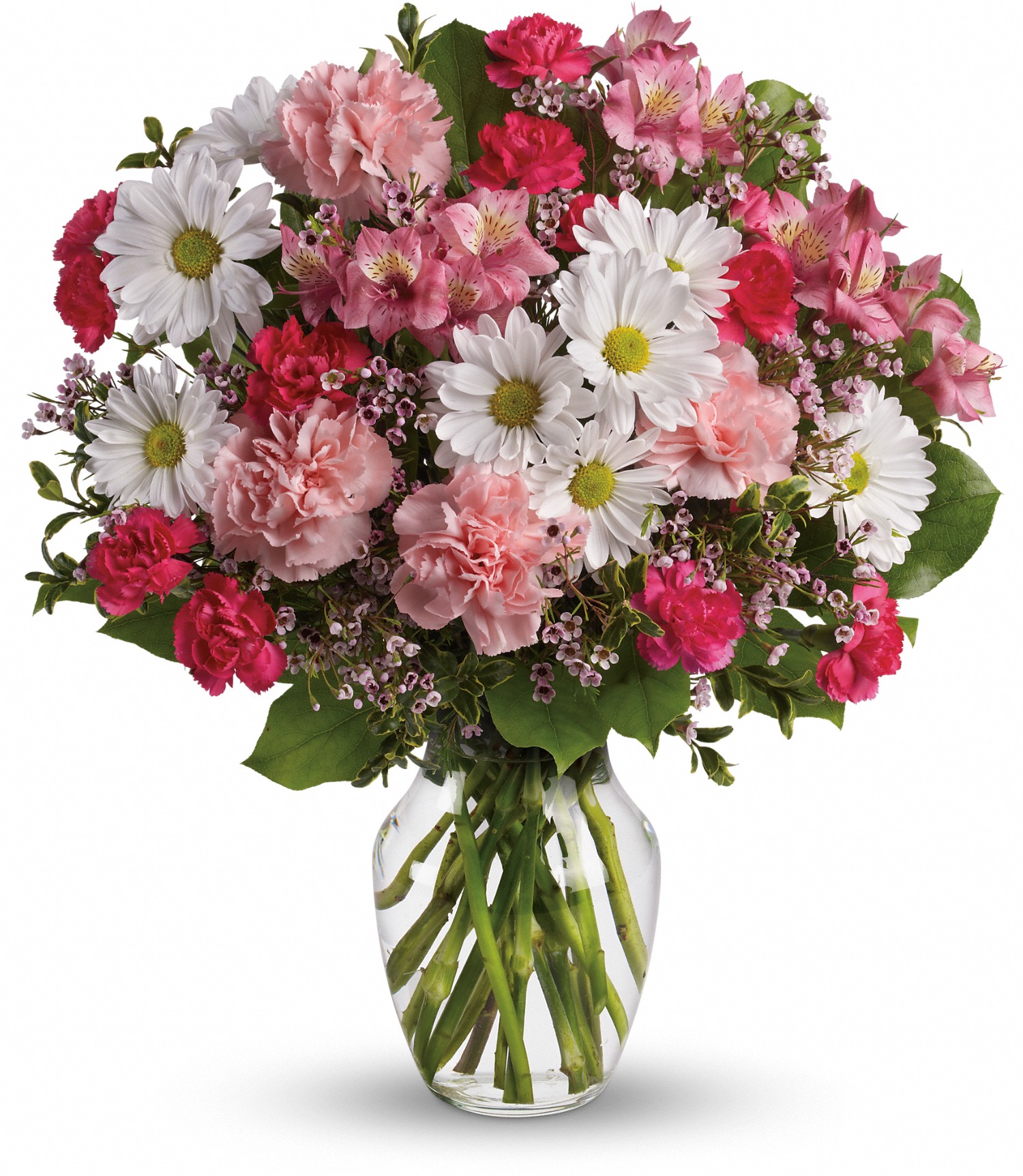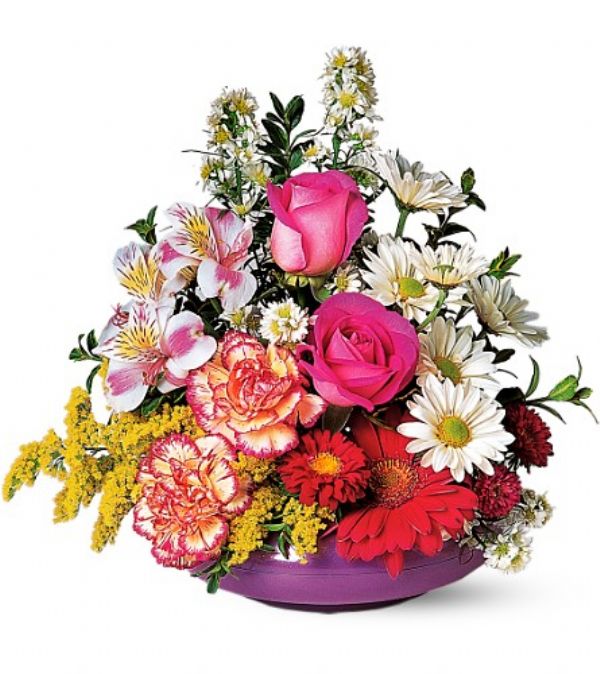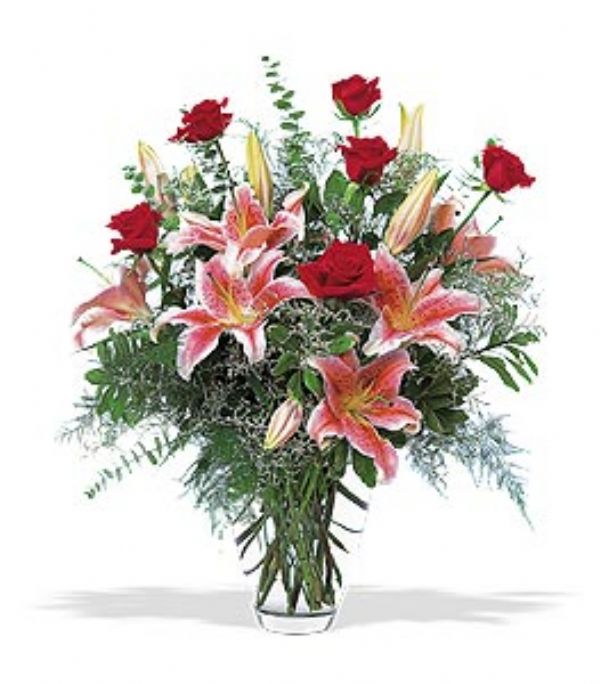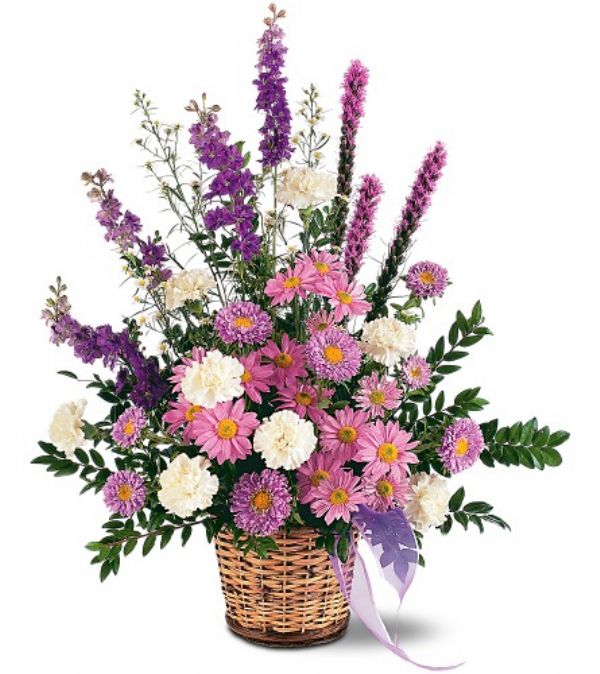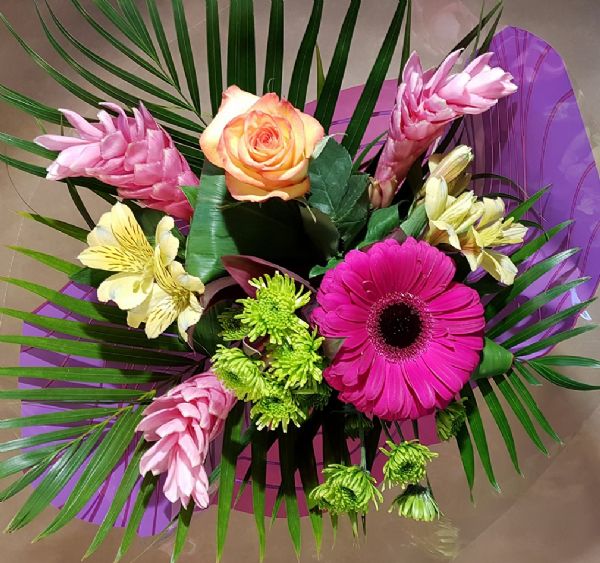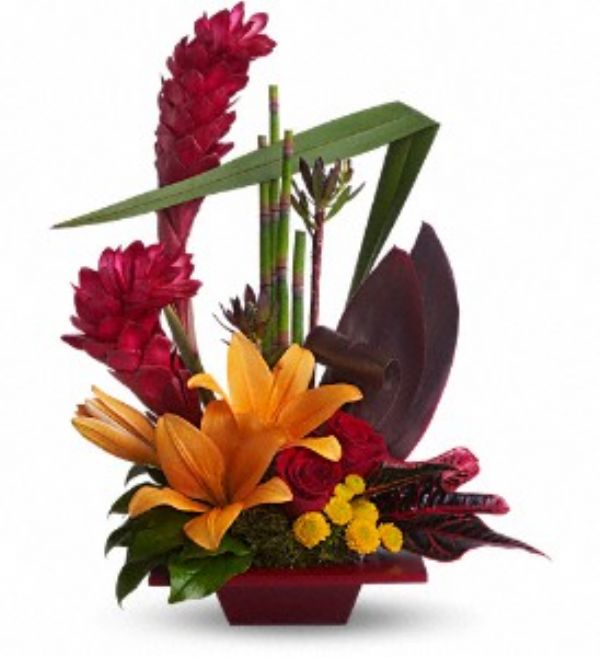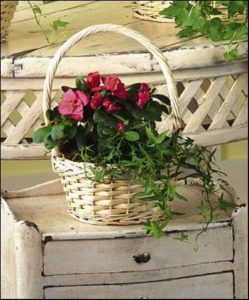
Choosing the perfect plant can seem like a daunting task with such a myriad of choices available all year round. A potted blooming plant makes a delightful splash of colour as a gift, or to decorate home or office. Most blooming plants have a limited flowering period, and after weeks or months of enjoyment, can simply be discarded. A blooming plant will typically complete its flowering cycle, even if it is not in an environment of natural light. However, to promote bud development and robust blossoms, it is advisable to expose your plant to at least some sunlight.
For a more permanent gift or addition to your décor, a tropical plant can bring life and colour to any room with its lush, bushy foliage. Tropical plants grow in various shapes and sizes, from tall and slender, squat and bushy, to hanging and draping, a shape to fill every empty space. All plants need some sunlight to grow, and knowing the light levels of the intended site is very helpful in choosing the appropriate plant.
General Plant tips:
• LIGHT
Plants cannot grow without sunlight. There are three basic categories of light intensity. Try this simple test to determine the light exposure in your home or office:
1) Bright or direct light: hold up your hand in front of the light… you should feel some warmth on your skin. Does your hand cast a clear and defined shadow on the nearest surface? This would be considered a bright light area.
2) Indirect or partial shade: hold up your hand in front of the light… you should not feel any warmth from this light. Does your hand cast a blurry, undefined shadow? This would be considered an indirect light area.
3) Low light or full shade: hold up your hand in front of the light… you should not feel any warmth from this light, nor should you see any kind of shadow. This would be considered a low light area.Let Bunches help you choose the right plant for your environment. Regular flourescent or LED lights may allow your plants to exist, but will not promote growth. Full spectrum flourescents or specialized “grow” lamps successfully mimic sunlight and are an excellent alternative to natural light.
• WATER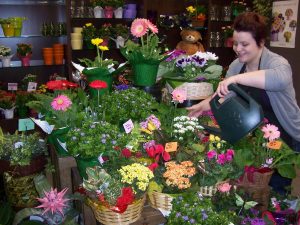
Plants cannot grow without water. Depending on their natural habitat, plants require different watering conditions. Always test the moisture content of your soil by penetrating beneath the top layer and touching the soil that is at least halfway down the pot. Don’t be fooled, quite often the top of the soil will look dry, but plenty of moisture could still be stored in the soil below. Plants may need more water during the summer months when the sun is hotter and there is more vigorous growth. During the winter months, you may need to substantially cut back on watering. Small pots dry out faster than the larger pots. A plant in a 4” pot may need watering once or twice a week, while a huge plant in a 10” pot might only need watering once or twice a month! Over-watering your plants is often more stressful than under-watering, and can have deadly consequences. Yellowing leaves or mushy stems can indicate over-watering. NEVER let your plant remain in a pool of standing water for more than 30 minutes.
• FERTILIZER
Plants in a healthy environment should not need extra fertilization, however, it can promote lush growth and blooming. Be careful not to be too generous with the fertilizers, as overuse can burn the roots and damage your plant.
• CONTAINERS
Plants should be grown in containers that have holes for water drainage. Without this drainage, minerals from the soil and water can build up and damage the root system.
• TRANSPLANTING
It is generally advisable to grow plants in a pot size which keeps the roots rather snug. If, however, you are certain that your plant needs a larger home, choose only a slightly larger pot. Water your plant thoroughly, remove the entire existing root system with dirt, and place carefully into the new pot without disturbing the original soil. Gently place new soil around the edges, tamping it down slightly, until the plant is snug and stable in the new pot. Spring and fall are the most favorable seasons for transplanting. Avoid transplanting while plant is in bloom.
• GROOMING AND PRUNING
It is normal for plants to occasionally lose foliage. This is especially noticeable in the case of bushy plants with a profusion of small leaves. Usually, the plant is busy growing new leaves and branches. A large amount of leaves lost at one time may indicate the presence of a disease or pest. Carefully examine the underside of the foliage, the stems, and the branches for signs of unwanted guests. Commercial pesticides are usually successful in treating mildly infected plants. Most plants can be safely pruned as necessary to maintain optimum size and shape. Often pruning can initiate leaf growth near the centre of the plant.
• TEMPERATURE
Depending on their natural habitat, plants require different temperatures. Most plants do not respond favorably to drafts or other drastic temperature fluctuations. Avoid placing your plant near a furnace duct, exhaust vent, or outside doorway.

